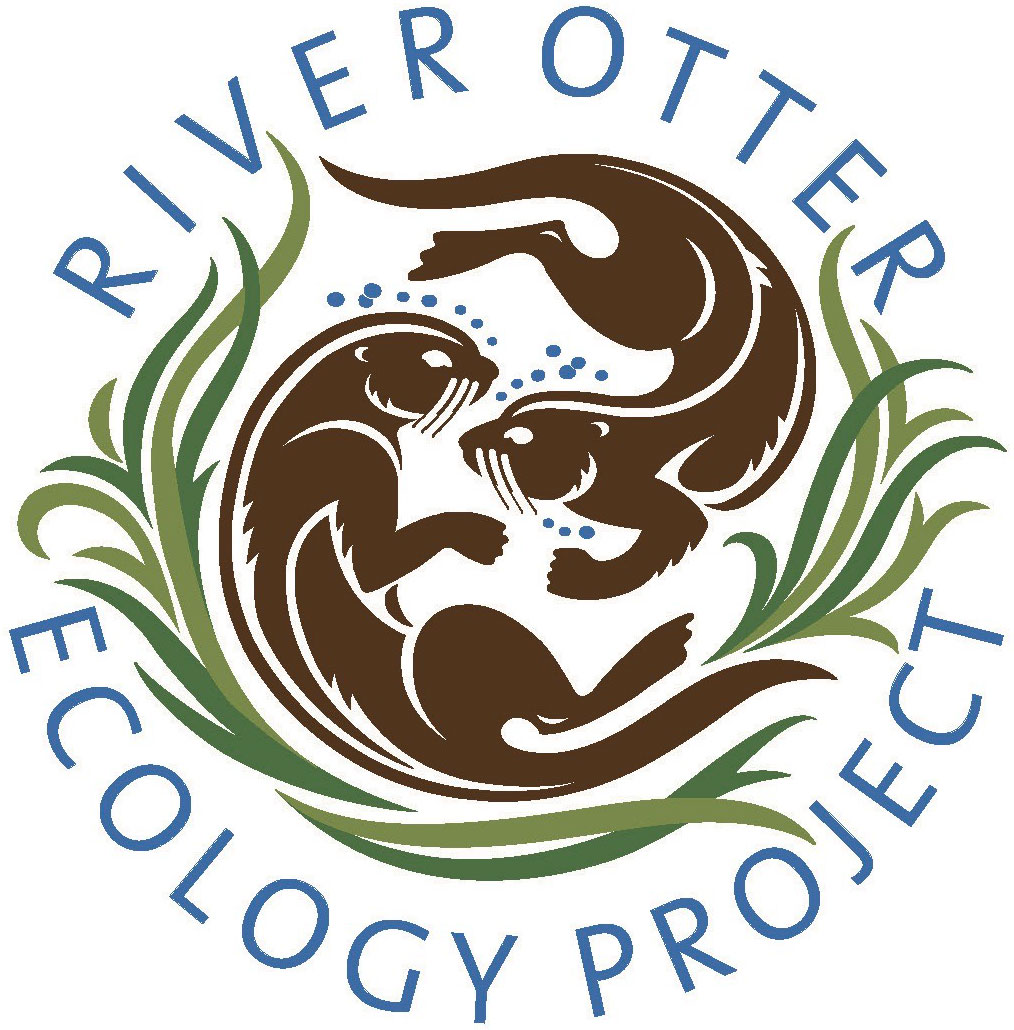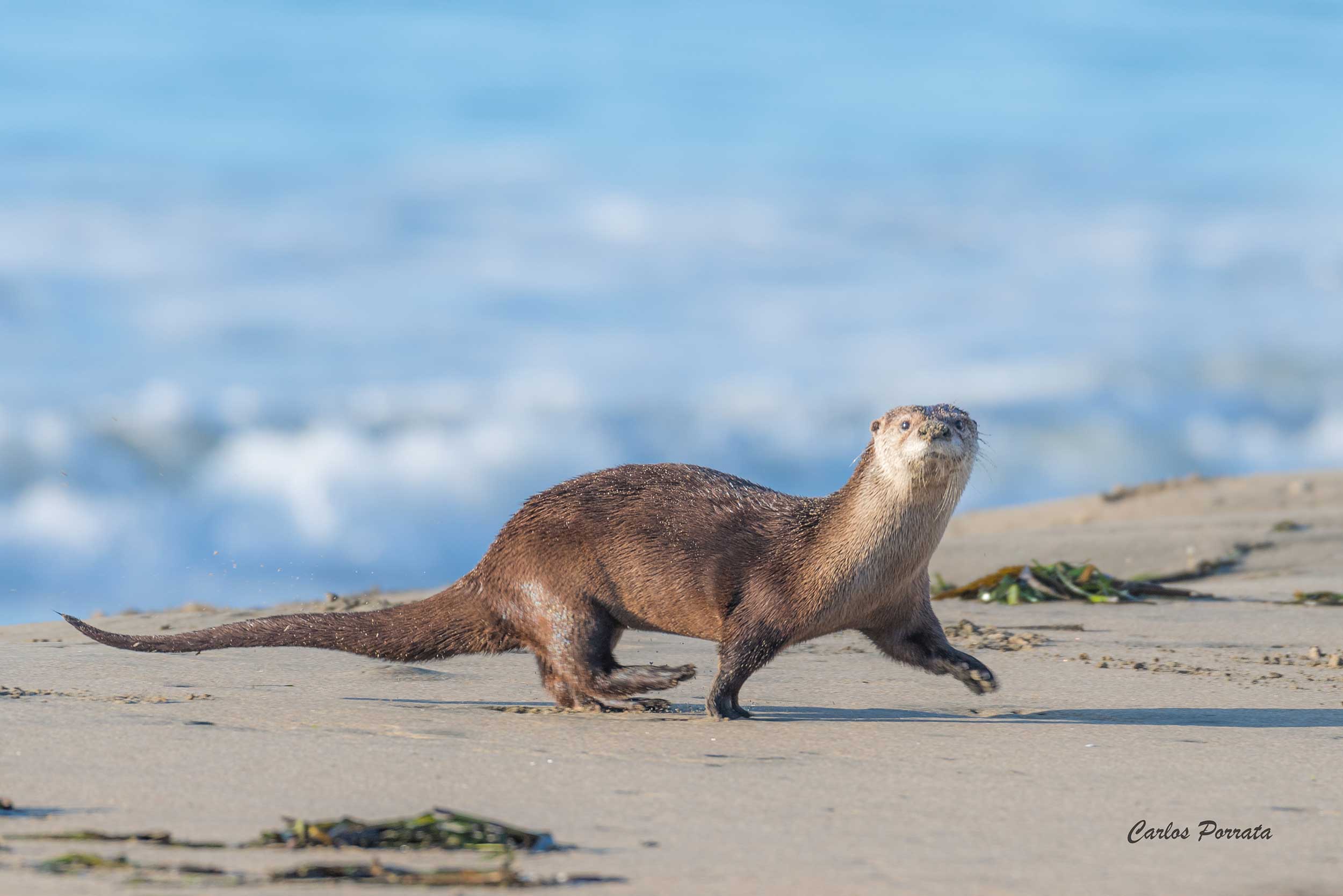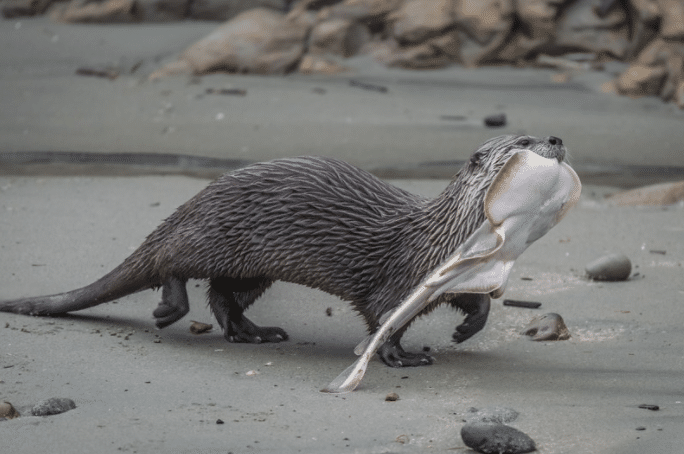Remarks by Megan Isadore, who was honored with the Environmental Education award
Thank you for being here to support Bay Nature and the local heroes. It fills my heart to see our community out and about together again after the last few years, and during ongoing threats to our planetary welfare.
Ecology is all about connections; connections are how our minds work and make sense of discrete bundles of information, and also how our efforts become more than singular contributions. So the connectors, the people who help that happen, are among my own local and not-so-local heroes.
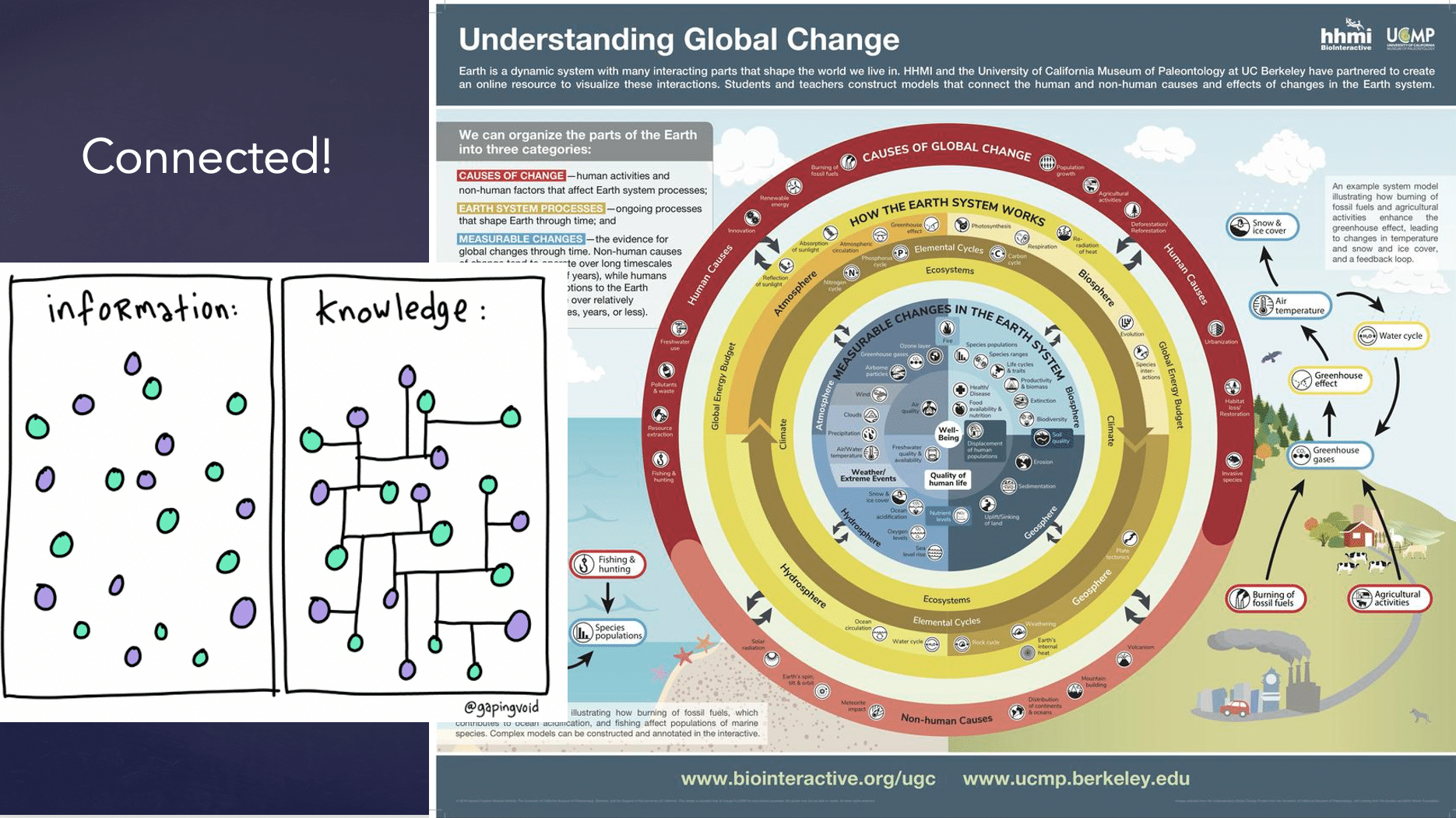
One of them is Jessica Bean, PhD, of UC Berkeley, who has developed a dense, elegant and beautiful method of showing earth processes and how they relate to each other. It’s a teaching aid, it’s extraordinary, and delving into it is like taking a stroll through most of what we wonder about the natural world.
Camille T. Dungy, MFA, an award winning poet and essayist of nature and race, leads us directly into our complicated feelings through precise language, shows us how she resonates with the communities she inhabits, and offers us a new perspective on moving toward a viable future. She shows us how to imagine the future we want, and begin to make it real.
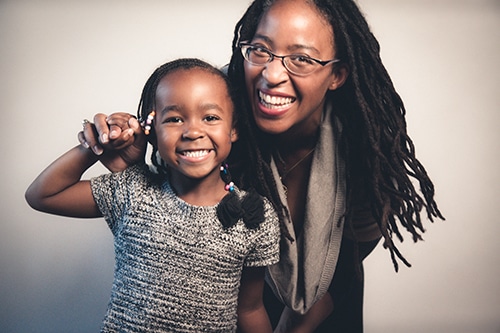
Carlos Porrata, naturalist, photographer, community leader, who is here today, invites us into his relationships with nature through his photos of animals in the community he shares so happily with his wild neighbors – animal, plant, and human too. And he, like Camille and Jessica, is more than generous about inviting us into his world and showing how to live well on the planet.
Two of Carlos’ many many otter photos
It’s a privilege to work with people who dig in and translate their thoughts into actions that connect and expand understanding. Richard Tejeda (Community Hero) does it by taking people for walks and talks. Solwazi Allah (Young Leader) harnesses young stewards to restore urban watersheds. Nonette Hanko (Conservation Action) has spent her life ensuring that land stays free of development for our shared communities, Bay Nature scales up our understanding. These things may sound simple…they’re not. None of it is simple, though the idea behind it is…connect to protect.
All of these creative, talented, and erudite people are connectors, supporting and furthering our understanding of nature, humanity, and how to make our way through tough, tough times.
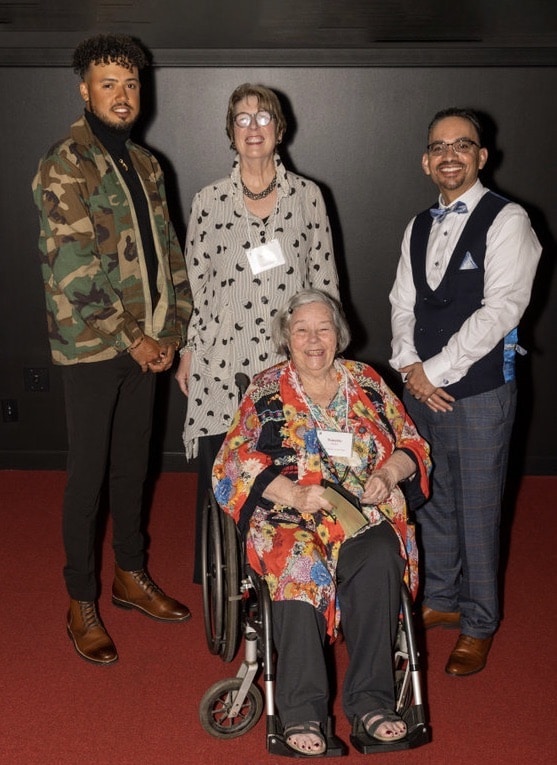
I was asked to tell a bit about my journey. Our family traveled in Asia for much of my youth due to my dad’s work. My parents weren’t especially nature-people, but we all loved animals, reading, and traveling. I was that girl with her nose in a book, not that girl who knew every bird and plant out there.
But I got to see a lot that blew my socks off… sand roses growing in the Saudi desert, early morning camel caravans clopping past our house in Kabul, down from the Khyber Pass laden with treasure. Visiting with neighbors who spoke little English, as we spoke little Arabic, Hindi, or any of the other many languages around us. Us kids got along just fine, playing kick the can and eating chocolate. Once a giant lizard, a Uromastix, got stuck in our fence, very fat after a big meal. It had to stay there until it lost a little weight and scurried off but I had some time to get a good look at its dragon-like personage. And you know, there are a million stories, but the point is that the world opened, my imagination flew, connections formed.
Fast forward many years…after a 10-year career writing and training in risk management for doctors, I moved to Marin. I saw salmon return to spawn in our local creek, and was ensorcelled. That’s right, bewitched! I quit my corporate job and spent the next dozen years learning watershed ecology, rehabbing wildlife, rescuing coho fry from drying pools, working on salmon restoration and research projects, learning how to be a salmon naturalist and docent, then training others to do the same.
That didn’t come easily; I was terrified of public speaking and stood on the bank of Lagunitas Creek shaking while people gathered to hear about the heroic journey of the salmon. After a while I stopped shaking, found my voice and joined a great community of passionate conservationists. Now my life is all about finding connections among people and organizations to support the need to conserve our land and waters.
And that’s where otters come in…first time I saw them was at Devil’s Gulch on a moonlit night and noticed six slidey animals, slipping in and out of the moonlight, over rocks, splashing and finally stopping en masse to stare up at me with glowing eyes, chirping their excitement. Once again, ensorcelled! Nothing much was known about local Bay Area river otters; they weren’t considered present in most of the Bay Area on official range maps, and nobody was paying attention to them.
Thus our project was born. We’ve spent the last ten years discovering the very local information about this species that is not only incredibly charismatic, but a huge recovery success story. The fact that river otters thrive in our densely-populated Bay Area is hopeful, and our next goal is connecting that new understanding to urban conservation. River otters are a very wild and interesting connector between city and wildlands, and as such they can connect people to conservation, as well as offer information about how the watershed fares and clues as to how to improve watershed management.
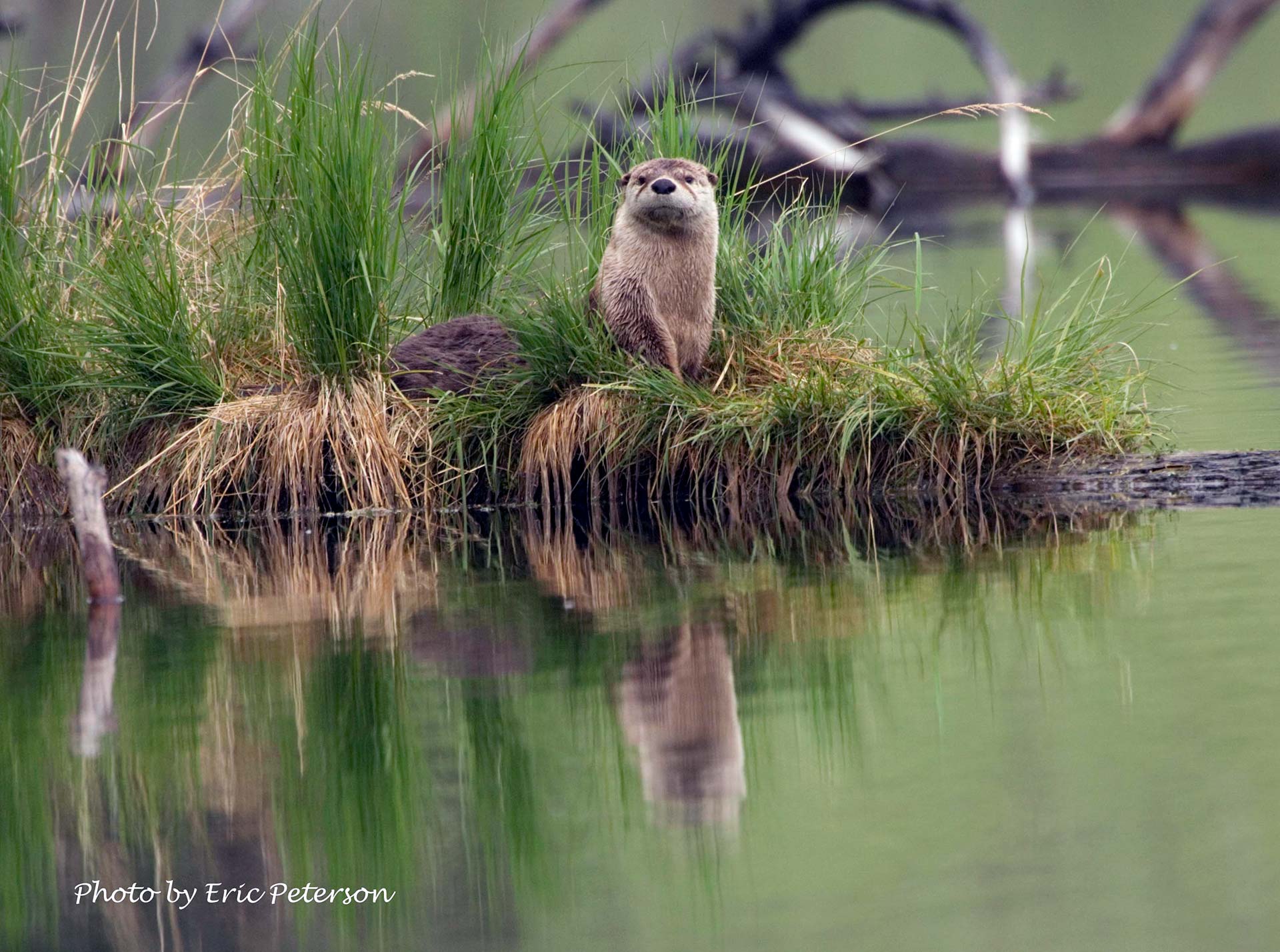
We use community science and research to inform land and water management decisions, advocate for watershed protections, and help us get students outside to learn what science is, why it matters, and how much fun it is to discover the natural world and contribute to knowledge and stewardship.
And that brings us back to community; we are a tiny organization with only two staff members; me and Terence Carroll. It’s our cadre of volunteers and partners that allows us to be effective. It’s those connections among locals that feed, inspire, and get us through these difficult times. Terence and I are just a couple of people with a lot of passion and the desire to learn, to discover, and to put ourselves to use to save our planet. The fact that our work here is so deeply local is delicious and fulfilling. There’s nothing like being firmly rooted.
We’re unendingly grateful to be connected to all of you. We’re most of all grateful to the Coast and Bay Miwok, the Ohlone tribes, and the Pomo and Wappo for stewarding the land we live in and work on, for their soul-deep understanding and for keeping those connections despite appalling trials. Those are community connections we try to honor and emulate.
Now, as we all face a difficult future, we need to double down on community. I’m asking each of us to examine our connections, to strengthen and broaden them and let them become a scaffold for effective, creative action. Otters’ recovery is a shining illustration of how we have the ability to change the ways we live on the land and help nature bound back. Let’s let this good news story buoy us and send ripples forward to create the future we want to live in.
